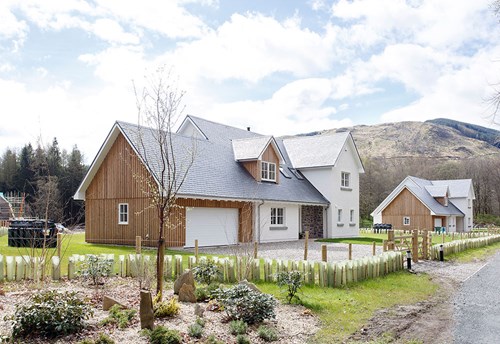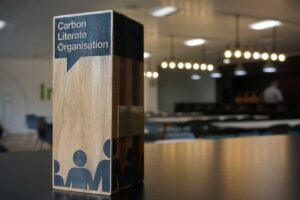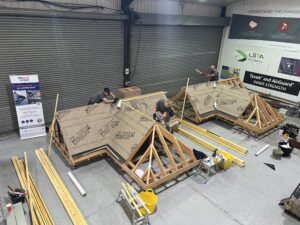Designed for the harsh weather conditions of the Scottish Highlands, CUPA PIZARRAS’ Heavy 3 roofing slate has been used on two rural housing developments.

Third generation building contractor, WS Dunsire, has used 6,400 sqm Heavy 3 slates across the two developments, which are located within an hour’s drive of each other.
The first development, Kames Steading, at Ochtertyre, is situated right near Blair Drummond Safari Park—home to four wildlife reserves—and is literally within earshot of the animals at feeding time.
Purchased by the developer and contractor WS Dunsire, the land was sold as plots. Built around a courtyard setting, the site accommodates six, detached, storey and a half, four to five-bedroom family houses, each with a slightly different format.
The second development at Stronvar, near Balquhidder, is located in the Loch Lomond and Trossachs National Park. A joint venture with another local developer, it comprises 10 loch side luxury homes overlooking the south shore of the stunning Loch Voil. Currently three have been built with the remainder under construction.
Designed by the WS Dunsire team, both developments are similar in style to suit the architecture of the local area. Using locally sourced stone as well as timber and natural slate, the new-build homes feature aluminium gutters and low profile conservation roof windows—some incorporating white New England-style render and white timber cladding board made from thermal, heat-treated timber.
With the properties NHBC registered, the roofing design incorporates a timber-framed structure fitted with sarking boards, insulation to the roof’s comb and a Tyvek® breather membrane on top. CUPA PIZARRAS’ Heavy 3 slates are double nailed using stainless steel nails for longevity, with the leadwork undertaken by a local specialist.
Specified in all WS Dunsire projects since 2006, director Chris Dunsire explains: “We always use the CUPA PIZARRAS Heavy 3 on all of our projects.
“Strong and impermeable, the thicker 7 – 8 mm variant is most definitely the preferred choice in Scotland with the extra thickness and weight giving it strength to withstand the high wind speeds and driving rain common across the country.”



